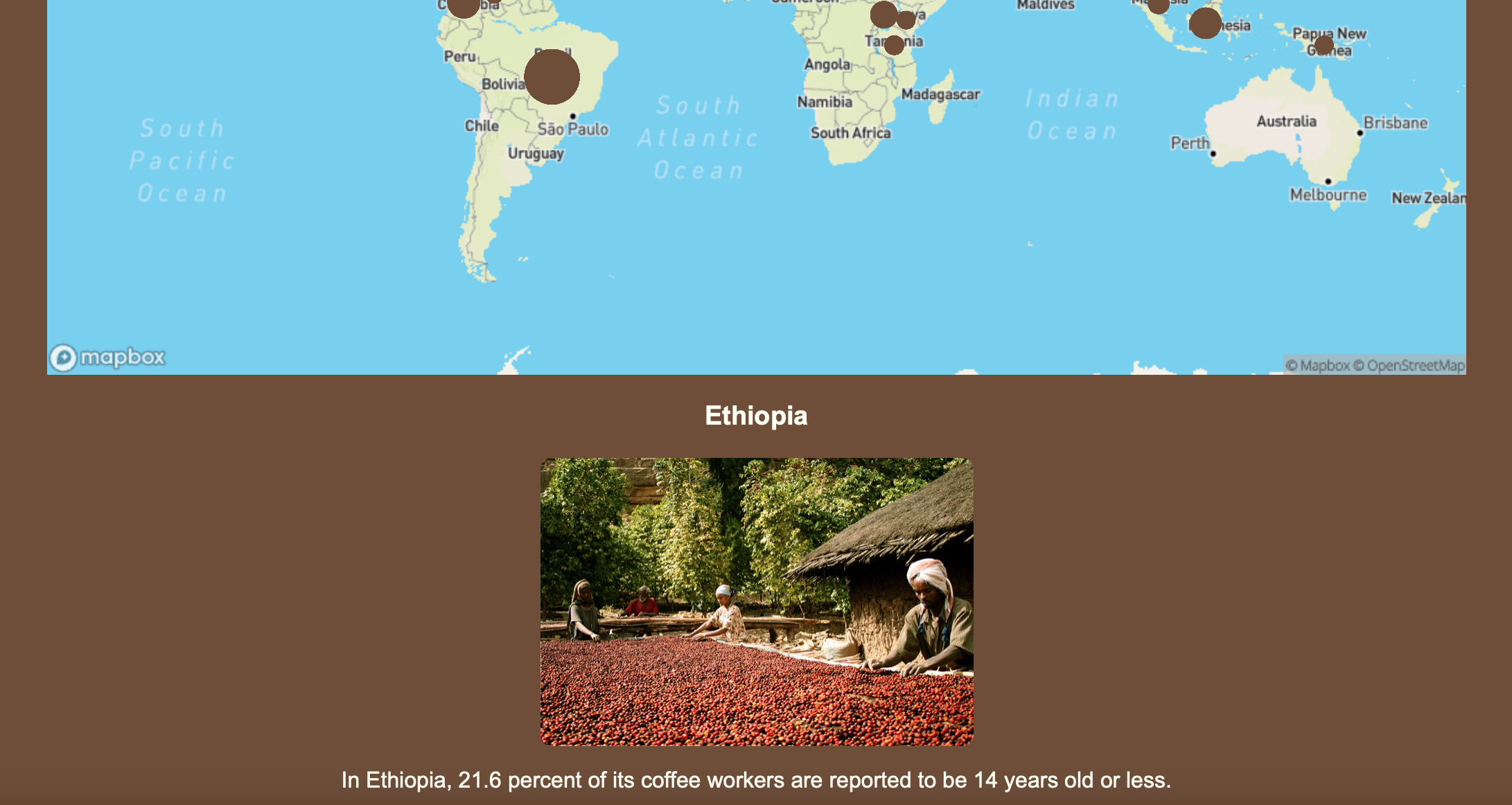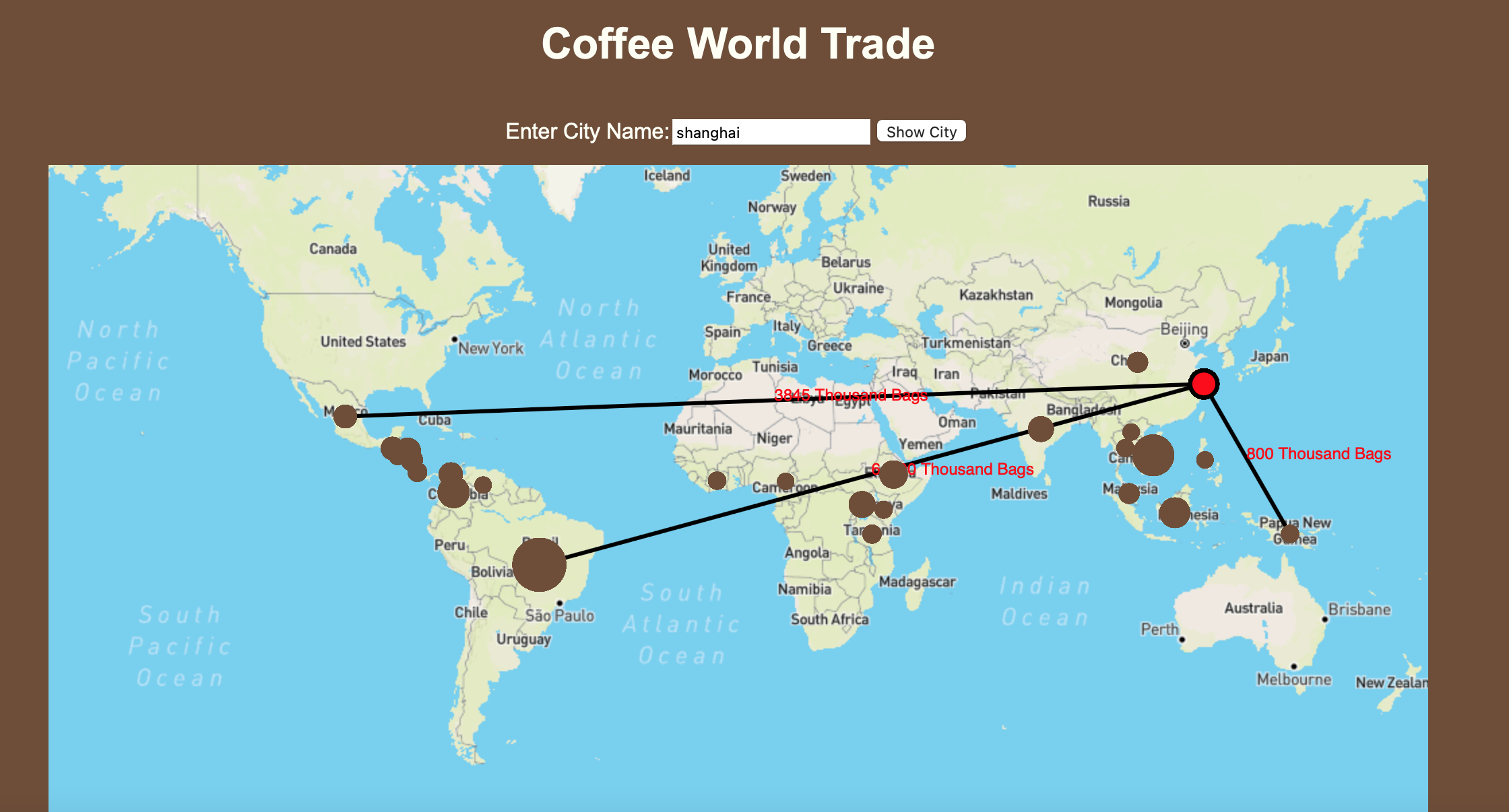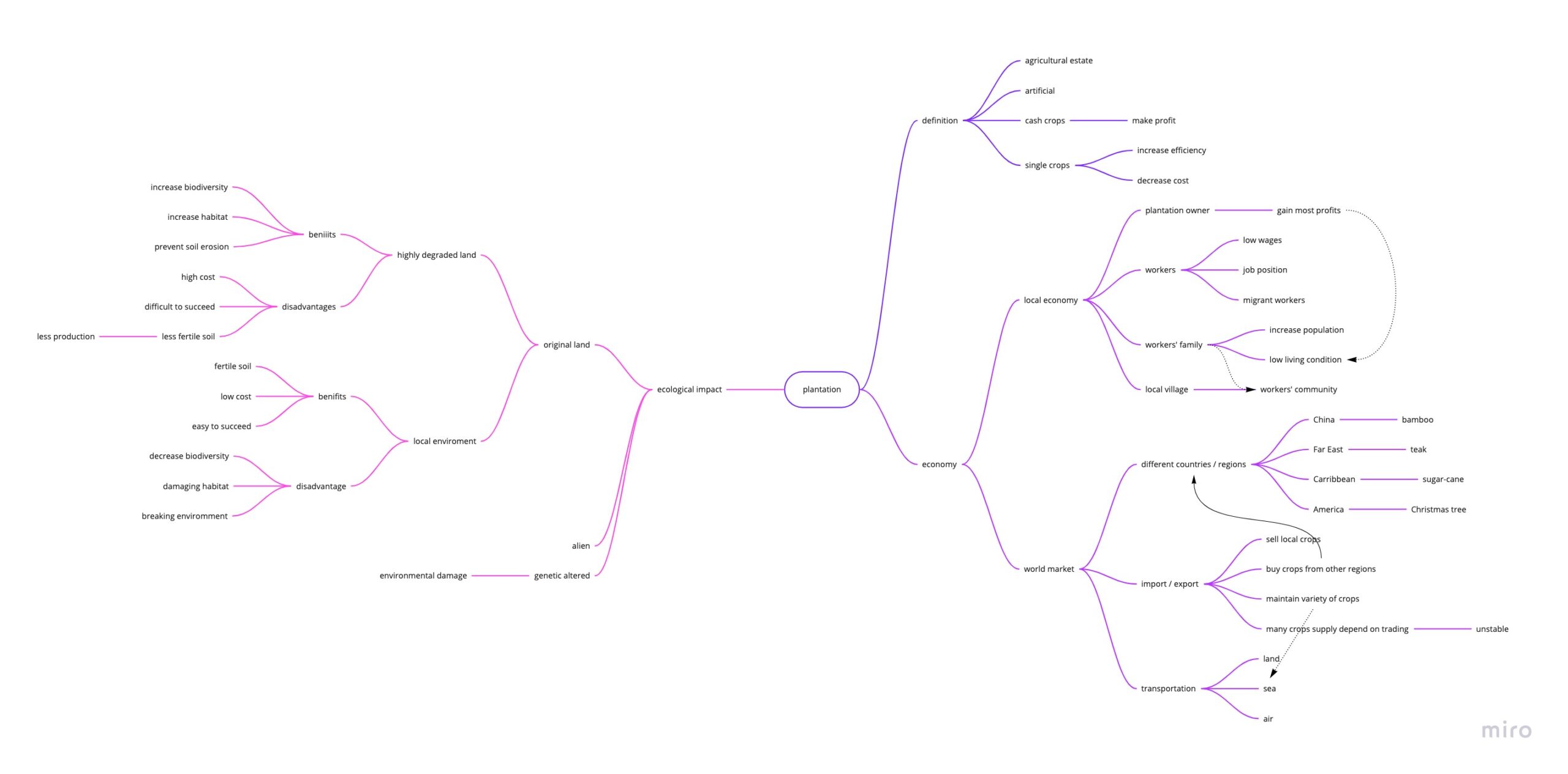

https://yuqianma.github.io/ce-salt/
Finally I made a simple page with 3 questions on top of the map. I wish I didn’t use so many words on the page but so far it is like this.
There are so many directions of my topic “salt”. Found my pin-point just a week ago. Ideas are still changing during this week. So things are a little rough.
The intention of this guide is to show how salt related ancient economic policies impact the economic policies today. The original design including borders on the map and other images to present a more engaged story. However I haven’t had time to build a good story. So I choose three events about salt and set questions to encourage users to follow my thoughts.
It represents three roles of salt in ancient history:
- a form of tax
- a tool of fiscal policy
- a weapon in the trade war
Stakeholders in the system are people, government and other countries.
The metaphor I planned to do was taking salt as power and the government was like chef. It comes from Tao Te Ching: “Governing a great nation is like cooking a small fish” (治大国,若烹小鲜)
The guide should be narrowed down to a more specific topic. But it is a good beginning for me to think in that way.
The process
The topic “salt” is a daily thing thus it has a lot of possible angles. Considering the theme “border”, I tended to choose topics related to economy and trade. But I didn’t find the pin-point topic.
Then I had a talk with Monika, she encouraged me to find things matter myself. I decide to focus on history, especiall Chinese history. Monika also introduced a form of book called “Choose Your Own Adventure”, which is a story but with different branches.
Stories I collected are:
– Hallein Salt Mine
It’s a mine that crosses the border between Germany and Austria. They concluded a treaty which shared the mine to some degree until now. That story is exactly the topic “borders-salt”.
– Salt in the American Civil War
Salt played an important role in the American Civil War.
– Song–Xia Wars
Xia’s high quality salt threatens the sales and profits of salt in the Song Dynasty. It’s one angle of these wars. The salt is representative of the complex economic relationship between two countries.
– Han–Xiongnu Wars
Emperor Wu of Han’s monopoly on salt (and iron) supports wars with Xiongnu.
And after I read a hypothesis that the Huns and the Xiongnu are the same ethnic group, one story branch comes to my mind: Han defeated Xiongnu – Xiongnu(Huns) migrated to Europe – collapse of the Roman Empire. It builds relations between East and West history, which is so imaginative.
The branches drafted:
– A debate held during the Han Dynasty named “Discourses on Salt and Iron”. I think it is like the debate between big and small governments. Which laid the foundation policy of the Chinese government for the next thousands years.
– One branch result interests me: China has many countries like Europe. Although the Qin Dynasty unified China. But if the Han Dynasty gave up the salt monopoly and became a “small government”, China might become Europe.
Imagine the different possibilities of history is fun. However, there is one problem hindered me: the fun comes from rational hypothesis. But I was lost in these derived questions.
So I decide to build a relative simple guide now. One aspect impressed me: the economic policies in the history are similar to what we have today.
Questions in the guide:
What is the tax form in your place?
Have you seen similar economic policies? (control the price)
Do you know other economic wars? What are weapons there?
Do you know other legacies of ancient economic policies?
What has as much impact as salt today?
Questions of the guide:
What specific story or angle you would like to choose to expand?
What metaphors you’d have?
Bibliography
Leese-Messing, K. (2021). 15 Structures and Dynamics of the Early Imperial Chinese Economy. In Handbook of Ancient Afro-Eurasian Economies (pp. 775–818). De Gruyter. https://doi.org/10.1515/9783110607642-023
Wan, M. (2012). Discourses on Salt and Iron: A First Century B.C. Chinese Debate over the Political Economy of Empire. Journal of Chinese Political Science, 17(2), 143–163. https://doi.org/10.1007/s11366-012-9190-6
Shi, J. (2021). The Empire of Western Xia and the Tangut Economy. In The Economy of Western Xia (pp. 8-45). Brill.
http://www.chinaknowledge.de/History/Terms/junshufa.html
http://www.chinaknowledge.de/History/Terms/pingzhunfa.html
https://en.wikipedia.org/wiki/Salt
https://en.wikipedia.org/wiki/Salt_in_Chinese_history

































































